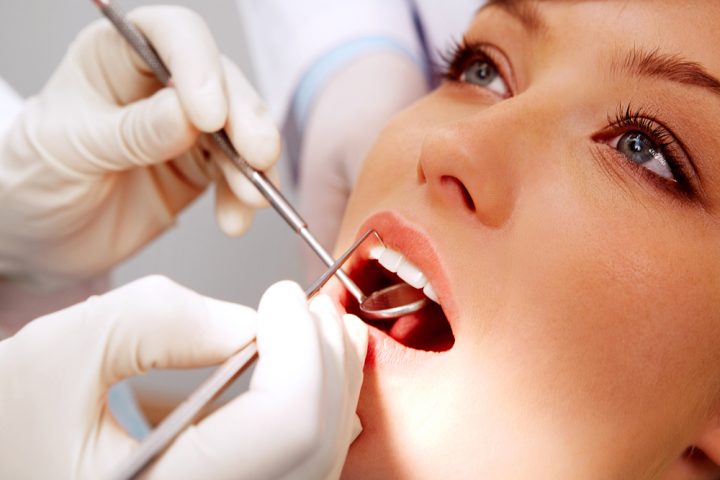Chronic stress associated with modern lifestyle has led to rising incidences of depression, especially among the adolescents. Depression results from imbalanced neurotransmitters level in the brain.
Neurotransmitters are the chemical mediators which help different brain cells communicate with each other. Serotonin, which is chemically a monoamine, is the main culprit behind depression. A triggering event can cause serotonin levels to decrease in the brain.
This is the only cause of depression known to the researchers today. Therefore, the drugs for treating depression work by increasing monoamine levels in the brain. Even the latest drugs are the variation of older ones and target monoamines system in the brain.
During the 1950’s, MAO (Monoamine Oxidase) inhibitors and TCAs (Tricyclic Antidepressant) were the main modalities of treatment available for depression.However,these drugs had many side effects. By the 1980’s, SSRIs (Selective Serotonin Reuptake Inhibitors) were discovered and Prozac was a name known even to common man. SNRIs ( Selective Norepinephrine Reuptake Inhibitors) also came into use shortly thereafter. Both these classes of drugs provided similar relief with much lesser side effects than TCAs and MAO inhibitors.
But unfortunately, these drugs could not treat depression in about 10-20% of patients. Not only that, about 66% of cases complained of incomplete resolution of their symptoms with only partial relief. This was the time when searching for new antidepressants peaked and not many new drugs were discovered after that.
Present treatment modalities
Nowadays, atypical antipsychotics are commonly prescribed with antidepressants to treat depression. Quietapine (seroquel) and Abilify are some such drugs. Though they are mostly used in schizophrenics and manic-depressive patients, when combined with TCAs and SSRIs in patients with depression, they provide better relief than when SSRIs are used alone.Valdoxan is another new drug approved to treat depression in Europe. It targets melatonin levels in the brain. Melatonin is involved in many neurological functions one of which is to regulate sleep-awake cycle. It thus provides relief sleep disorders associated with depression.
Ongoing research for depression treatment
One of the most important problems which psychiatrist’s face today is the lack of a drug to treat acute cases of depression. The usual first and second generation antidepressants take weeks to show any improvement in symptoms and hence are of not much use in patients with suicidal tendencies. Ketamine, which is a multiple spectrum drug used as an anaesthetic and analgesic, commonly is used to treat emergency cases of depression to bring quick relief within few hours or utmost a day. Further research is going on to know more about its role as an antidepressant.
Researchers have also discovered that low-field magnetic stimulation (LFMS) of the brain by high-frequency electromagnetic waves can result in quick reversal of suicidal tendencies. Further study in this field is needed to use it in hospital ERs for treating severe patients of depression.
Another promising treatment option is to use the antidepressant properties of a hormone – Ghrelin. It is a”hunger hormone” which is secreted by the cells of the gastrointestinal tract and acts on the central nervous system to regulate appetite. Besides that it also has a significant effect on neurotransmitter levels of the brain, thus working as a natural antidepressant. Ultimately we have to work towards reducing stress in our lives by engaging in yoga and meditation.
Image source: Thinkstock/grThirteen



